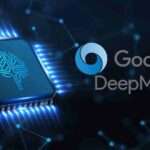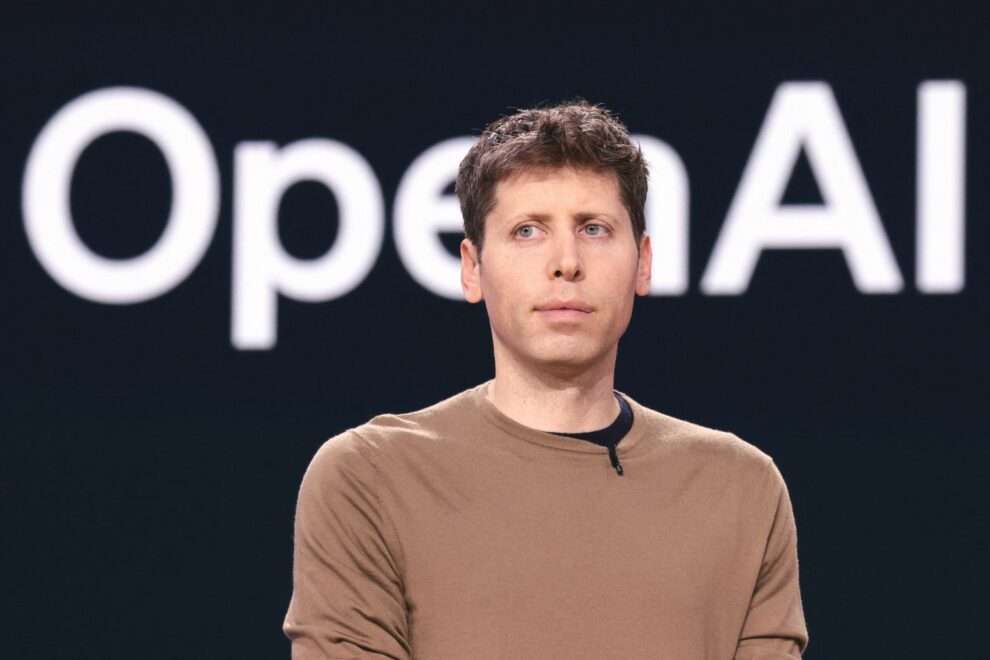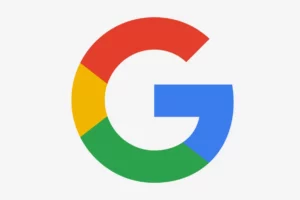In a surprising move, OpenAI CEO Sam Altman recently announced that the company will not release its advanced reasoning model o3 as a standalone product. Instead, o3 will be integrated into existing systems, marking a significant shift in OpenAI’s approach to AI development. This decision is part of a broader strategy to simplify OpenAI’s product offerings and create a more unified and user-friendly experience.
The Evolution of OpenAI’s AI Models
OpenAI has been at the forefront of AI innovation, with a series of groundbreaking models that have pushed the boundaries of what artificial intelligence can achieve. The company’s GPT series, which includes models like GPT-3 and GPT-4, has been widely adopted for various applications, from chatbots to content generation. However, the introduction of reasoning models like o1 and o3 has added a new dimension to OpenAI’s capabilities.
Reasoning models are designed to perform complex tasks that require logical thinking and problem-solving skills. Unlike traditional models, which rely on pattern recognition and statistical analysis, reasoning models can fact-check themselves and provide more reliable and accurate responses. This makes them particularly useful for applications that require a high level of accuracy and precision, such as scientific research and technical support.
The Integration of o3 into GPT-5
Altman revealed that o3 will be integrated into the upcoming GPT-5 model, which is expected to be released in the coming months. GPT-5 will incorporate a wide range of OpenAI’s technology, including o3, to create a more powerful and versatile AI system. This integration will allow GPT-5 to handle a variety of tasks, from simple chat interactions to complex reasoning and problem-solving.
One of the key goals of this integration is to simplify the user experience. Altman explained that OpenAI wants to eliminate the need for users to choose between different models, creating a “magic unified intelligence” that can adapt to their needs seamlessly. This approach will make it easier for users to interact with AI systems and get the most out of their capabilities.
The Impact on Users and Developers
The integration of o3 into GPT-5 is expected to have a significant impact on both users and developers. For users, it means access to a more powerful and versatile AI system that can handle a wide range of tasks. This will be particularly beneficial for applications that require high levels of accuracy and reliability, such as scientific research, technical support, and content generation.
For developers, the integration of o3 into GPT-5 opens up new possibilities for creating innovative applications and services. By leveraging the advanced reasoning capabilities of o3, developers can build more sophisticated and intelligent systems that can solve complex problems and provide valuable insights.
The Competitive Landscape
OpenAI’s decision to integrate o3 into GPT-5 comes at a time when the AI industry is becoming increasingly competitive. Companies like DeepSeek have recently introduced their own reasoning models, which have challenged OpenAI’s dominance in the field. By integrating o3 into GPT-5, OpenAI aims to maintain its leadership position and stay ahead of the competition.
Altman acknowledged that DeepSeek’s R1 model has posed a significant challenge to OpenAI, but he remains confident in the company’s ability to innovate and deliver superior AI solutions. The integration of o3 into GPT-5 is part of OpenAI’s strategy to stay competitive and continue pushing the boundaries of what AI can achieve.
As OpenAI prepares to release GPT-5, the company is focused on ensuring that the new model meets the needs of its users and developers. Altman emphasized the importance of simplicity and user-friendliness, stating that OpenAI wants to make AI “just work” for everyone This commitment to creating a seamless and intuitive user experience will be a key factor in the success of GPT-5 and future AI developments.
In conclusion, OpenAI’s decision to integrate o3 into GPT-5 represents a significant shift in the company’s approach to AI development. By creating a more unified and user-friendly system, OpenAI aims to provide users and developers with powerful and versatile AI capabilities that can handle a wide range of tasks. As the AI industry continues to evolve, OpenAI’s commitment to innovation and simplicity will be crucial in maintaining its leadership position and staying ahead of the competition.
What are your thoughts on this integration? Do you think it will make a difference in how we interact with AI systems?
















Add Comment